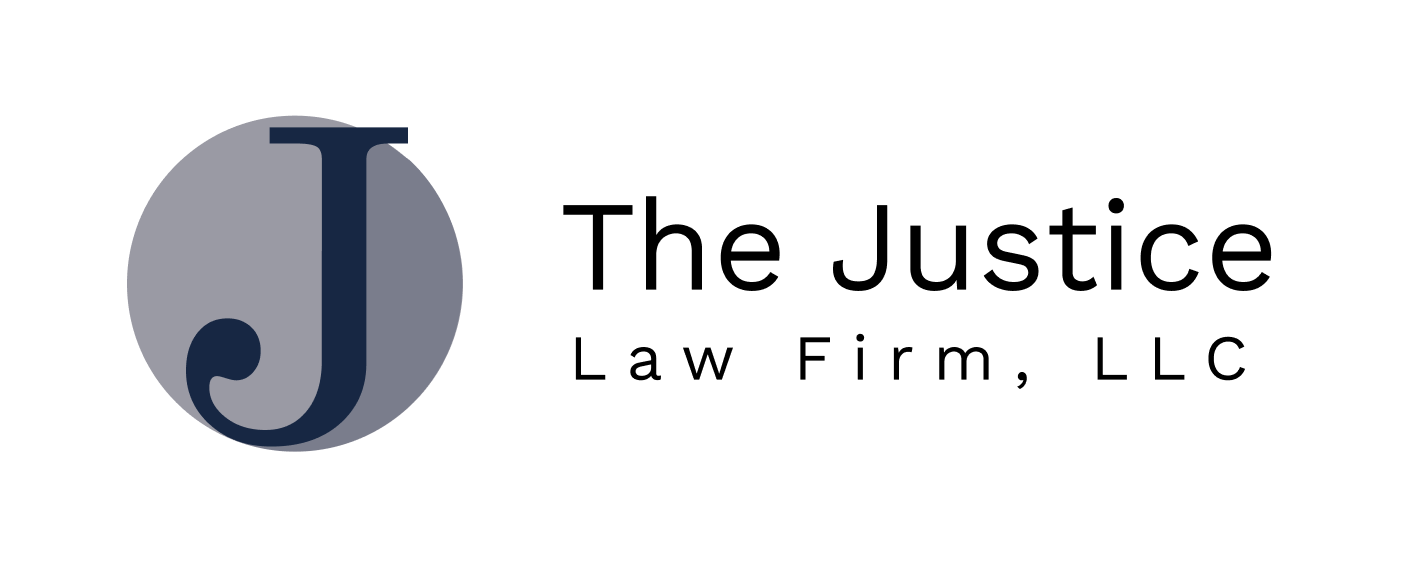Alabama Jail Injury Attorney
Serving Birmingham, Huntsville, Montgomery and all of Alabama
What are common injuries inmates experience in jail?
Inmates in jails and prisons can experience a range of injuries and health issues due to the nature of incarceration, living conditions, interactions with other inmates, and the actions of correctional staff. Some common injuries and health problems that inmates may experience include:
- Physical Assault and Violence: Inmates can be subjected to physical assaults and violence from other inmates, which can lead to injuries such as cuts, bruises, fractures, and more severe injuries.
- Sexual Assault: Inmates, particularly vulnerable populations, may be at risk of sexual assault by other inmates or even by correctional staff. This can result in physical injuries as well as psychological trauma.
- Suicide and Self-Harm: Inmates may be at higher risk of self-harm and suicide due to the stress and mental health challenges associated with incarceration. This can result in injuries such as lacerations or attempts at self-strangulation.
- Medical Neglect: Some inmates may not receive timely or adequate medical care for pre-existing conditions or new injuries sustained while incarcerated, leading to worsening health and injuries.
- Overcrowding-Related Injuries: Overcrowded facilities can lead to unsafe living conditions and increased violence among inmates. Injuries may occur during fights or incidents related to overcrowding.
- Use of Force by Correctional Officers: In some cases, correctional officers may use force to maintain control, and this can lead to injuries among inmates. The use of force should be in accordance with established policies and laws.
- Infectious Diseases: Due to the close quarters in correctional facilities, infectious diseases can spread rapidly. Inmates may contract diseases such as HIV, hepatitis, tuberculosis, and COVID-19.
- Mental Health Issues: Inmates may experience or exacerbate existing mental health problems, which can manifest as emotional distress, self-harm, or even suicide attempts.
- Inadequate Nutrition and Hygiene: Poor nutrition and hygiene practices in some facilities can result in health problems, including malnutrition and skin conditions.
- Substance Abuse and Withdrawal: Inmates with substance abuse issues may experience withdrawal symptoms, which can be physically and emotionally distressing.
- Injuries During Transportation: Inmates may be injured during transport to and from correctional facilities due to accidents or unsafe conditions.
- Accidents and Falls: Slip and fall accidents can happen in prison facilities, leading to injuries such as fractures, sprains, or concussions.
- Inadequate Mental Health Care: Inadequate access to mental health care and treatment may exacerbate existing mental health issues or lead to new ones.
It's essential to note that the extent and nature of injuries can vary widely depending on the specific facility, its policies and practices, the inmate's personal circumstances, and the behavior of other inmates and staff. In many cases, advocacy organizations, legal rights groups, and government agencies monitor and investigate conditions in correctional facilities to address issues related to inmate injuries and health. If you or someone you know is in or has been in a correctional facility and is experiencing health-related problems or injuries, it's crucial to seek legal and medical assistance.
Can I file a lawsuit for injuries I received in jail?
Yes, you can file a lawsuit for injuries you received in jail, but pursuing such a lawsuit can be complex and challenging. Inmates have legal rights, and they are entitled to protection from harm while in custody. If you believe you have a valid claim for injuries sustained in jail, here are some steps to consider:
- Document Your Injuries: As soon as possible, document your injuries in detail. Take photographs if you can, and seek medical attention to ensure your injuries are properly documented by medical professionals. Keep copies of any medical records related to your injuries.
- Contact an Attorney: It is strongly recommended to consult with an experienced attorney who specializes in civil rights or prisoner rights litigation. They can assess the details of your case, advise you on the strength of your claim, and guide you through the legal process.
- Investigate the Incident: Your attorney will work to investigate the incident and gather evidence. This may include interviewing witnesses, obtaining surveillance footage if available, and reviewing any incident reports or records related to the incident.
- Determine Liability: Your attorney will help you determine who may be liable for your injuries. This could include other inmates, correctional staff, or the institution itself.
- Review Applicable Laws and Regulations: Your attorney will analyze the relevant federal, state, and local laws and regulations that pertain to your situation, including civil rights laws and regulations governing the treatment of prisoners.
- File a Lawsuit: If you have a valid claim, your attorney will file a lawsuit on your behalf. The lawsuit will outline the details of your injuries, the parties responsible, and the legal basis for your claim.
- Engage in the Legal Process: The legal process can be lengthy and may involve negotiations, discovery (the exchange of information and evidence between parties), and court hearings. Your attorney will represent your interests throughout this process.
- Seek Damages: If successful, you may be entitled to compensation for your injuries, including medical expenses, pain and suffering, and potentially punitive damages if the conduct of those responsible was particularly egregious.
- Consider Settlement: In some cases, the parties involved may reach a settlement agreement before the case goes to trial. Your attorney will help you evaluate whether a settlement offer is fair and in your best interests.
- Attend Court Proceedings: If the case goes to trial, you will be required to participate in court proceedings. Your attorney will represent you and present your case to the court.
It's important to consult with an attorney who specializes in this area of law, as the laws and procedures can be complex, and they can vary from jurisdiction to jurisdiction. Keep in mind that there may also be specific deadlines for filing a lawsuit, so it's essential to act promptly if you believe you have a valid claim for injuries sustained in jail.
What is the Prison Litigation Reform Act and how does it apply to my case?
The Prison Litigation Reform Act (PLRA) is a federal law enacted in the United States in 1996. It was designed to address concerns about the high volume of lawsuits filed by prisoners against prisons and correctional facilities, as well as to reform certain aspects of the prison litigation process. The primary goals of the PLRA are to reduce the number of frivolous lawsuits brought by inmates and to impose limits on certain aspects of inmate litigation in federal courts. Here are some key provisions of the PLRA:
- Filing Fees: Under the PLRA, prisoners are required to pay filing fees for their lawsuits. If a prisoner lacks the funds to pay the full fee upfront, the law allows them to make installment payments over time. This provision was intended to discourage frivolous or meritless lawsuits.
- Three Strikes Rule: The PLRA includes a "three strikes" provision, which prevents prisoners with a history of frivolous or malicious lawsuits from proceeding in forma pauperis (without paying filing fees) in federal court. If a prisoner has had three or more prior cases dismissed as frivolous, malicious, or for failure to state a claim, they must pay the entire filing fee upfront unless they can show that they are in imminent danger of serious physical injury.
- Exhaustion of Administrative Remedies: Inmates are generally required to exhaust all available administrative remedies (such as filing grievances within the prison system) before they can file a lawsuit in federal court. This exhaustion requirement is intended to give prisons and correctional facilities an opportunity to address complaints internally before resorting to litigation.
- Limits on Damages: The PLRA imposes caps on the amount of money damages that can be awarded to prisoners in lawsuits against government entities or officials. These caps are intended to limit the financial liability of prisons and government agencies.
- Pro Se Litigation: The PLRA includes provisions to address issues related to pro se (self-represented) litigation by prisoners, including requirements for courts to screen prisoner complaints and dismiss those that fail to state a claim or are frivolous.
- Restrictions on Injunctive Relief: The PLRA places limitations on the ability of federal courts to issue injunctive relief (court orders to change prison conditions) in cases involving prisoners. Courts are required to give substantial deference to the decisions of prison officials.
The PLRA has been the subject of debate and controversy. While it was intended to reduce the burden of frivolous prisoner lawsuits on the court system, critics argue that it has made it more challenging for prisoners to access the courts to address legitimate claims of mistreatment, inadequate healthcare, or other violations of their rights. The law has been the subject of legal challenges, and courts have interpreted and applied its provisions in various ways over the years.
Contact The Justice Law Firm, LLC today to speak with an Alabama Jail Injury Attorney.


